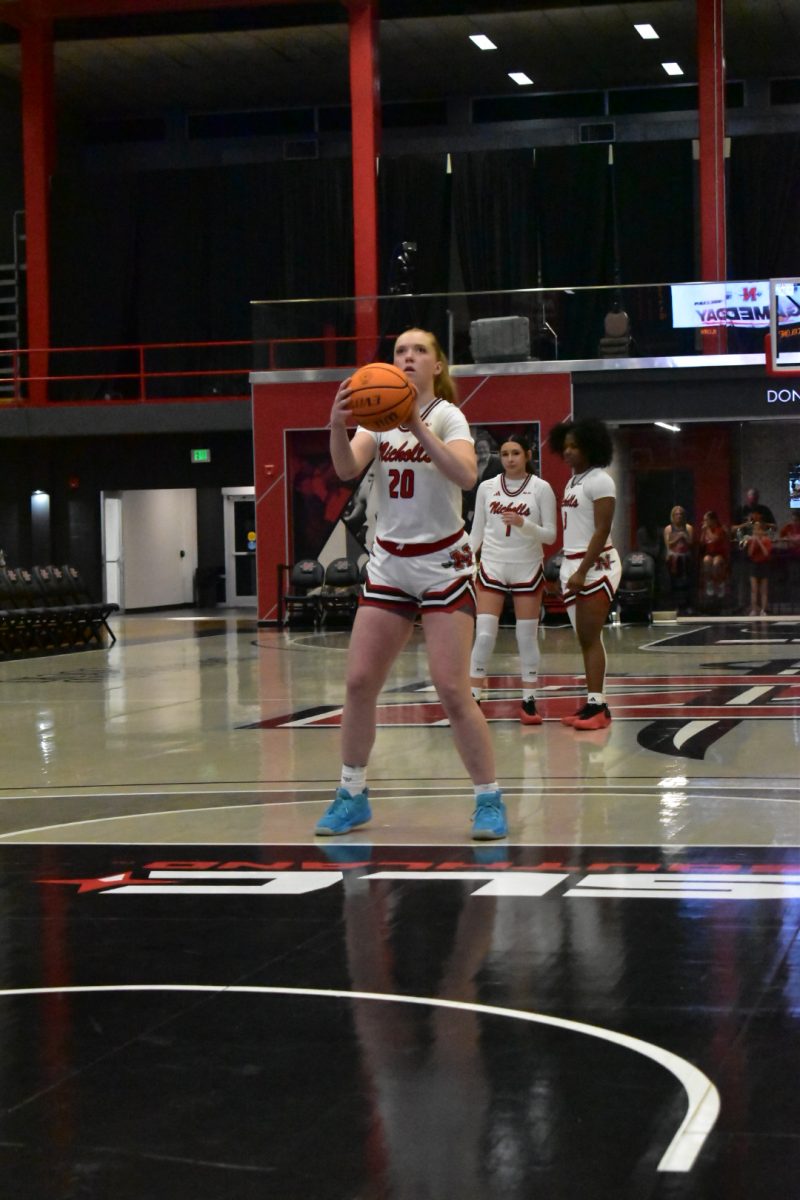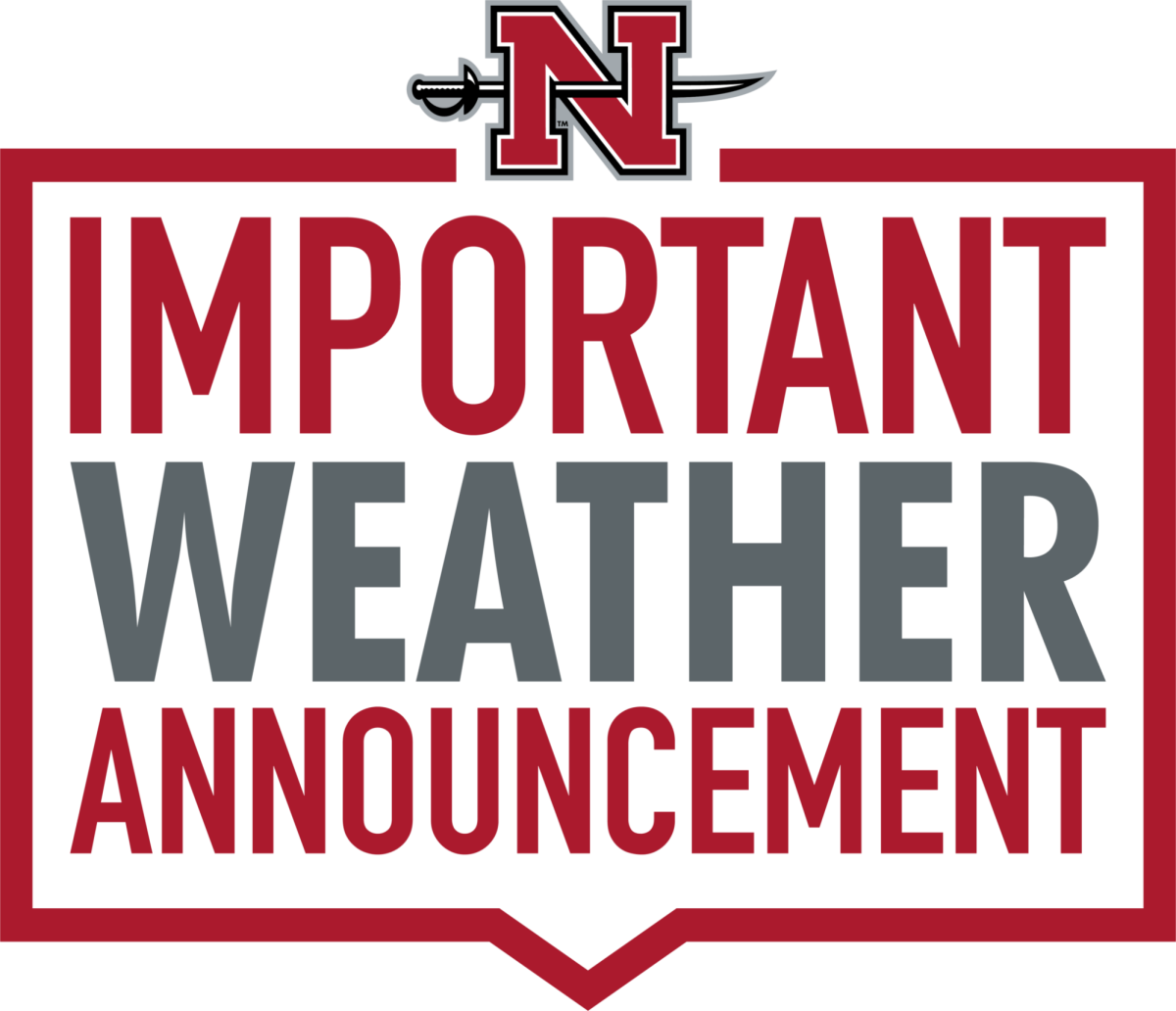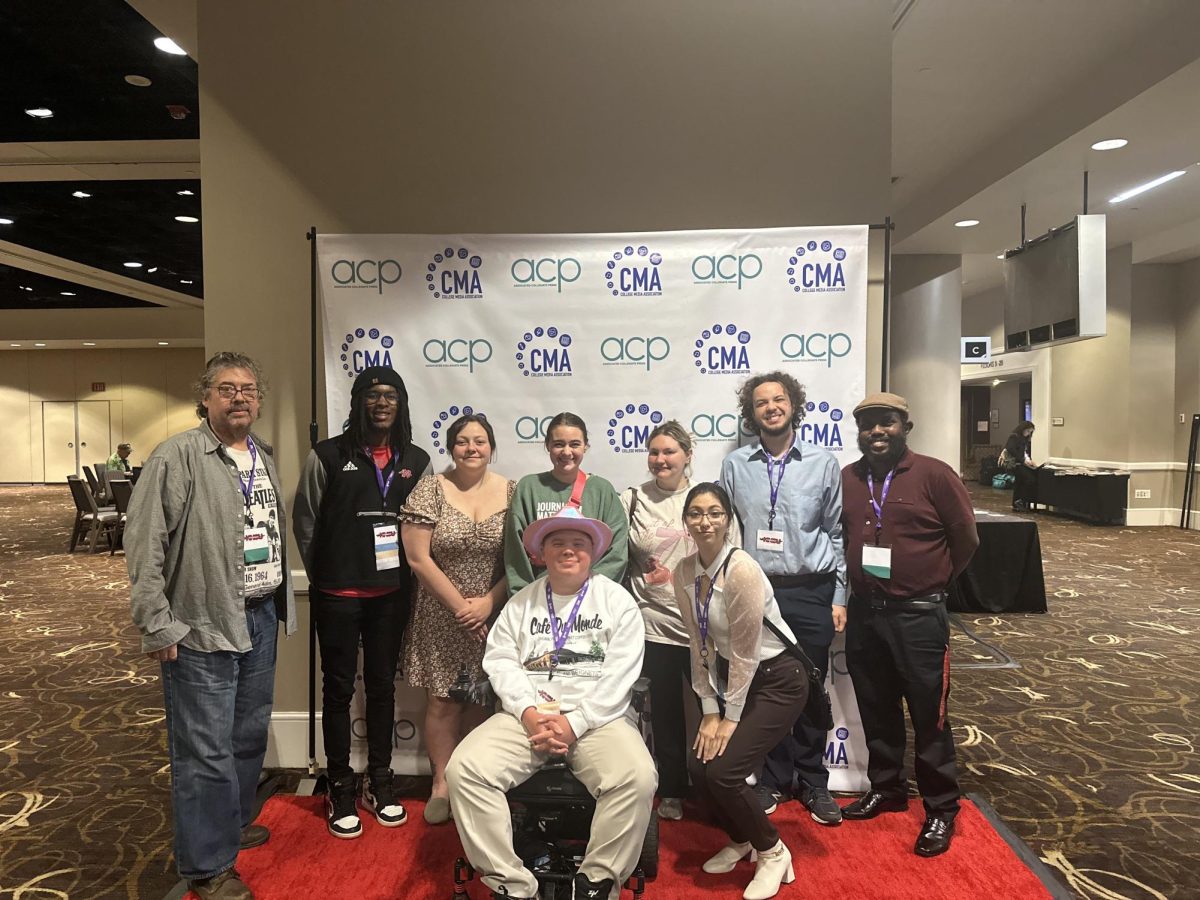Throughout this year, an estimated 182,460 cases of breast cancer are expected to occur among women in the United States. An estimated 40,480 women will also die from breast cancer. Breast cancer is the second deadliest cancer in women, but it is not limited to only women; men can also develop it.
Nicholls, through STEPS, a breast cancer campaign dedicated to promoting Screening, Treatment and Educational Programs, is holding various on-campus events and activities to increase awareness of breast cancer as well as methods of prevention and detection.
University Health Services also has much information displayed in their lobby area to inform the students about symptoms and self-test.
Although men are 100 times less likely to get breast cancer, awareness should still be taken into consideration.
Men will have the same side effects as women as well as survival rates as women.
The first symptom of breast cancer is typically a lump that feels different than the surrounding breast tissue. More than 80 percent of breast cancer cases are discovered when the woman feels a lump.
Symptoms of inflammatory breast cancer include pain, swelling, warmth and redness throughout the breast, as well as an orange peel texture to the skin.
Indications of breast cancer other than a lump may include changes in breast size or shape, skin dimpling, nipple inversion, or spontaneous single-nipple discharge. Pain is an unreliable tool in determining the presence of breast cancer.
Breast cancer screening is an attempt to find unsuspected cancers. The most common screening methods are self and clinical breast exams, x-ray mammography, and breast Magnetic Resonance Imaging. Genetic testing may also be used.
For more information, visit the University Health Services for brochures on breast cancer and health.







